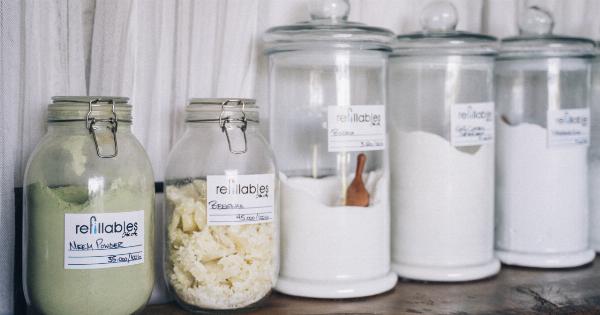Abdominal aortic aneurysm (AAA) is a potentially life-threatening condition characterized by the weakening and bulging of the abdominal aorta, the largest artery in the body.
If left untreated, the aneurysm can rupture, leading to severe internal bleeding and often resulting in death. However, recent research has suggested that consuming green tea may significantly reduce the risk of developing abdominal aortic aneurysm.
This article explores the findings of these studies, the potential mechanisms behind green tea’s protective effects, and the importance of incorporating this beverage into one’s daily routine.
What is Abdominal Aortic Aneurysm?
Abdominal aortic aneurysm, commonly referred to as AAA, is a condition characterized by the dilation and weakening of the abdominal aorta.
The abdominal aorta is responsible for supplying oxygen-rich blood to various organs and tissues in the abdomen and lower extremities. When the wall of this crucial artery becomes weakened, it may bulge or balloon outwards, forming an aneurysm.
An AAA usually grows slowly over time and often goes unnoticed until it becomes large or ruptures. Most individuals with AAA do not experience any symptoms until the aneurysm reaches a critical size or bursts.
If an aneurysm ruptures, it can be a life-threatening emergency and requires immediate medical attention.
Green Tea and its Protective Effects
Green tea, derived from the leaves of the Camellia sinensis plant, has been consumed for centuries and is renowned for its potential health benefits.
It is rich in polyphenols, particularly catechins, which possess antioxidant and anti-inflammatory properties. These bioactive compounds have been extensively studied for their potential protective effects against various diseases, including cardiovascular conditions.
Research Findings
A number of recent studies have investigated the association between green tea consumption and the risk of developing abdominal aortic aneurysm.
These studies have provided promising results, suggesting that regular consumption of green tea may significantly reduce the likelihood of developing AAA.
Study 1
In a study published in the Journal of Vascular Surgery, researchers conducted a population-based case-control analysis involving over 1,000 participants.
The study revealed that individuals who consumed green tea at least three times per week had a 40% lower risk of developing abdominal aortic aneurysm compared to those who did not consume green tea regularly. Furthermore, the protective effects of green tea were more pronounced in men than in women.
Study 2
Another study, published in the Journal of Epidemiology, followed a cohort of over 40,000 participants for an average of 10 years.
The researchers found that individuals who drank green tea on a daily basis had a significantly reduced risk of abdominal aortic aneurysm compared to those who consumed green tea less frequently. The risk reduction was particularly evident in elderly individuals.
Underlying Mechanisms
The exact mechanisms through which green tea exerts its protective effects against abdominal aortic aneurysm are not yet fully understood. However, several potential mechanisms have been proposed based on the bioactive components found in green tea.
1. Antioxidant Properties
Green tea is known to be a potent source of antioxidants, which can neutralize harmful free radicals in the body.
Free radicals are unstable molecules that can cause oxidative damage to cells and tissues, leading to inflammation and the development of various diseases. By reducing oxidative stress, green tea may help prevent the degenerative changes in the arterial walls that contribute to the formation of AAA.
2. Anti-Inflammatory Effects
Chronic inflammation is a contributing factor to the development and progression of abdominal aortic aneurysm.
The catechins found in green tea have been shown to possess anti-inflammatory properties, inhibiting the production of pro-inflammatory molecules. By reducing inflammation within the arterial walls, green tea may help prevent the formation and enlargement of aneurysms.
3. Protection of Vascular Smooth Muscle Cells
Vascular smooth muscle cells (VSMCs) play a crucial role in maintaining the structural integrity of blood vessels. Dysfunction and loss of VSMCs have been associated with the development and progression of AAA.
Green tea catechins have been found to promote the survival and function of VSMCs, thereby potentially inhibiting the growth of abdominal aortic aneurysms.
4. Regulation of Matrix Metalloproteinases (MMPs)
MMPs are enzymes involved in tissue remodeling and the degradation of extracellular matrix components. Elevated levels of MMPs have been observed in AAA, leading to the degradation and weakening of the arterial wall.
Green tea catechins may regulate the activity of MMPs, preventing excessive degradation and maintaining the structural integrity of the abdominal aorta.
Conclusion
The research findings strongly suggest that regular consumption of green tea can provide significant protection against abdominal aortic aneurysm.
The antioxidant, anti-inflammatory, and tissue-protective properties of green tea have been proposed as potential mechanisms behind this protective effect. Incorporating green tea into one’s daily routine may be a simple and effective strategy to reduce the risk of developing this potentially life-threatening condition.































